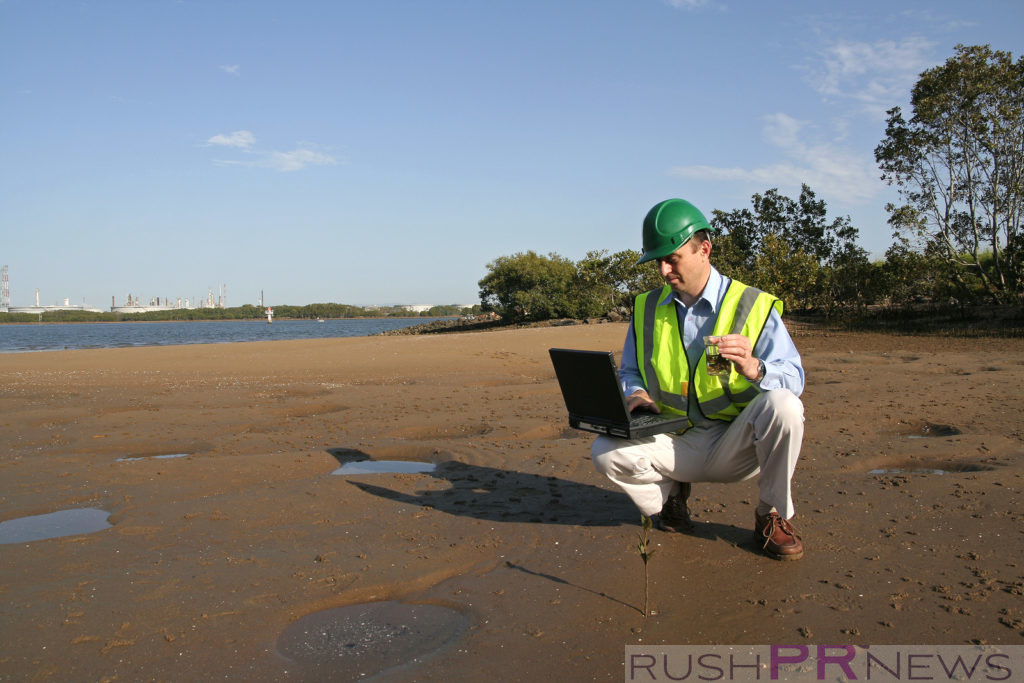These days, pollution and toxic contaminants can be found virtually anywhere around the globe. In fact, based on the level of pollutants in the soil and water, residents in the area may suffer from all kinds of different illnesses and diseases. These are some of the primary reasons why companies are responsible for ensuring their sites are assessed for hazardous waste problems and other toxic issues.
Having said this, when environmental remediation professionals are called in to review and assess a site, their job is to oversee projects that range from expensive relatively larger projects to less expensive small projects that must be cleaned up. For instance, if a hazardous waste accident has occurred in a heavily populated area within a small town, the environmental remediation team may be contacted to assess the damage that was done.
To prevent the harmful effects that this type of contamination may cause, the area may be completely sealed off from the public with a fence. Once the area is isolated, the team will use the experience and expertise that they possess to clean up the soil and the water that has been contaminated. Here are some of the environmental remediation cleanup methods that can be used to remove these contaminants and pollutants from this area’s soil, groundwater and surface water.
1. Onsite Contamination Requires Pump and Treat Methods
When the environmental remediation team arrives on-site, their job is to treat the soil and water with the appropriate measures before the site can be opened up again for public use. For instance, if the area involves high concentrations of pollutants that make the grounds completely unsafe to occupy by humans and other life forms at any point in time, these crews will pump out the contamination from the site with the use of a vacuum pump.
Once this process is done, the water beneath the soil is extracted and then purified with a specific filtering process. This filtering process is used multiple times before it can be assessed as contaminant free. The freshwater that comes from these newer types of pump and treat technologies are designed for use in many different situations. Therefore, once these types of filtering processes are complete, the treated water can then be returned back into the soil on the site that these teams are working on.
2. Environmental Remediation Teams Help to Prevent the Spread of Contaminants
Sometimes the site that is contaminated becomes a threat to other surrounding areas and will need to be addressed before additional risk factors spread. The method used to address and clean up these situations is called stabilization and solidification. By using this method of cleaning, toxic compounds are isolated to keep health problems contained as it is needed. This is also a process that is classed as an onsite environmental remediation method. Here are some of the industries affected by these problems.
– Marine and Coastal
– Oil Industry
– Sewer and Waste
– Pesticides and Pest Control
3. Dredging/Excavation Projects Use Contaminated Landfills for Clean-ups
Another environmental remediation project that these professionals oversee are those that involve landfills that are contaminated with chemicals and pollutants. To clean up these types of sites, the method used involves both dredging and excavation technologies. When these problems are assessed and identified by these professionals, the soil from these sites is excavated and completely removed to another location. Once this soil is removed from the site is treated with chemical oxidation, particularly when the project involves filtering mud and clay.
4. Oil Clean-up Contamination Projects — Use Microbubbles
If an oil spill needs to be cleaned by an environmental remediation specialist, they are usually equipped with the technology that is needed to do a thorough job. For instance, the method used to clean up oil contamination involves the use of microbubbles.
There are many different methods that can be used to clean up contamination and pollutants. The method that’s used today is determined by the type of environmental remediation projects assessed.




